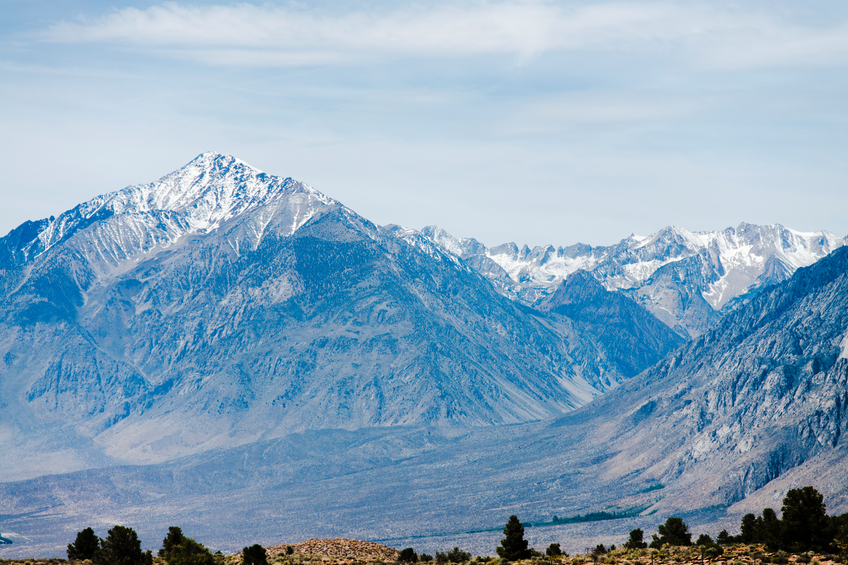One question we hear about Roaring Camp is, if there’s gold here, why wasn’t it mined in the 1800s? It wasn’t for lack of trying. Roaring Camp held a prospecting camp during and after the gold rush of the 1800s, but many of the factors that have helped the area retain so much gold also made it very difficult for miners to get at it back then.
When we take you on our tour of the old camp sites, we descend from 3,000 feet to 800 feet above sea level. You’ll see the area is dotted in old mining sites and rock formations fractured by dynamite and drilling. Many of these were first established in the 1800s.
One thing you’ll notice is that the cliffs of this part of Amador County are especially steep. This made it near-impossible for miners in the 1800s to transport goods effectively and establish mines in otherwise promising sites. Furthermore, the camp was on the Mokulmne River, which flooded regularly before the Californian landscape was changed so much by modern agriculture.
There’s even a famous short story, “The Luck of Roaring Camp,” about the difficulties prospectors had simply living in the area – it centers around a great flash flood of 1862. Yet it was also these floods which so regularly washed gold into the valley.
The world’s gotten a little more scientific since. Today, we know which rivers and natural springs to focus on when hunting for gold. We know where the best panning is and the paths and sources of our waterways. We also have safe, paved roads built along gentle switchbacks. That alone would’ve changed many fortunes in the 1800s right there, let alone the cars that drive on them.
In the 1800s, Roaring Camp simply wasn’t advanced enough to take advantage of what’s here. Today, the actively mined area hides a great deal of gold – and history. Come experience some of it with your family, and who knows what the benefit of 150 years of change can help us uncover.

